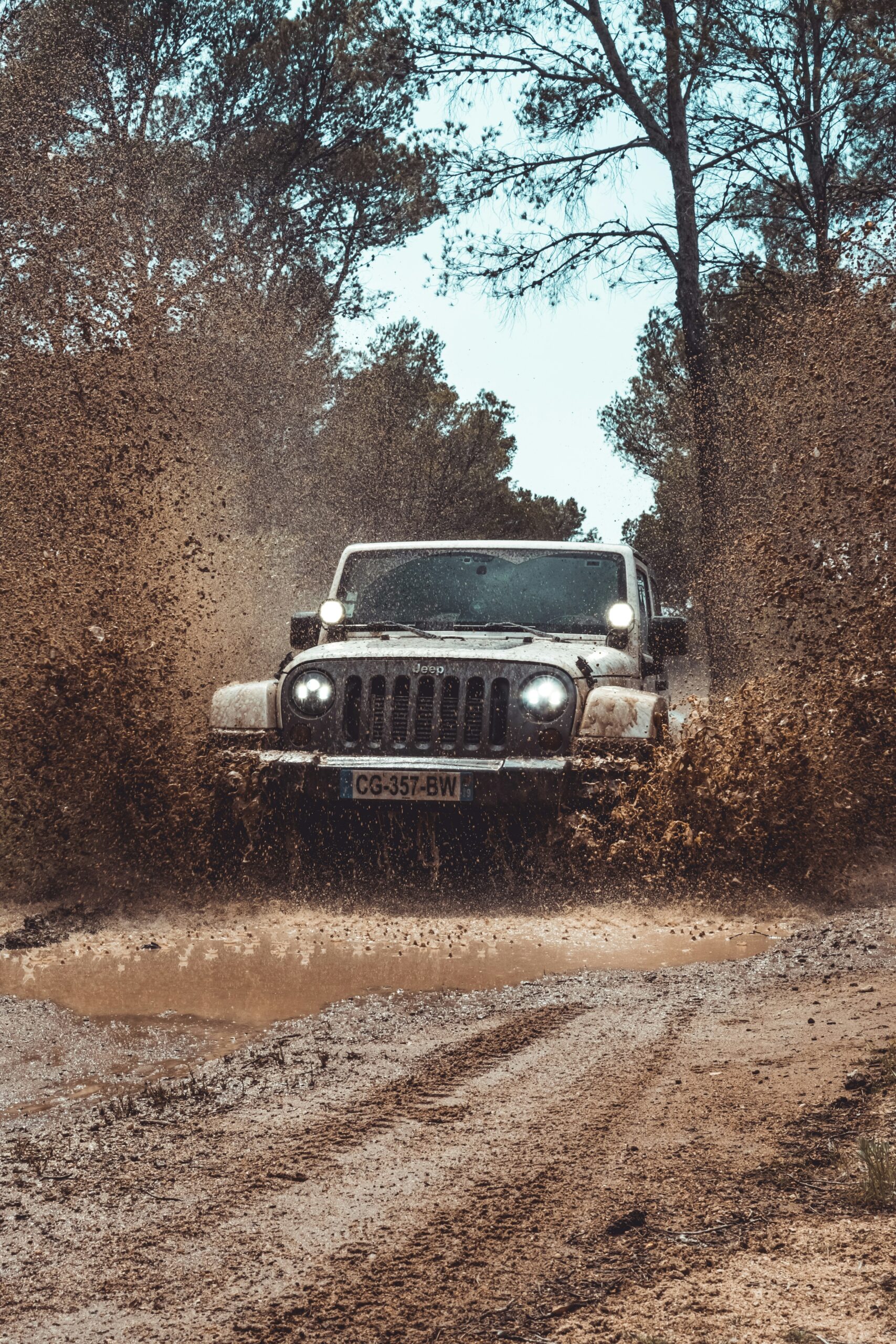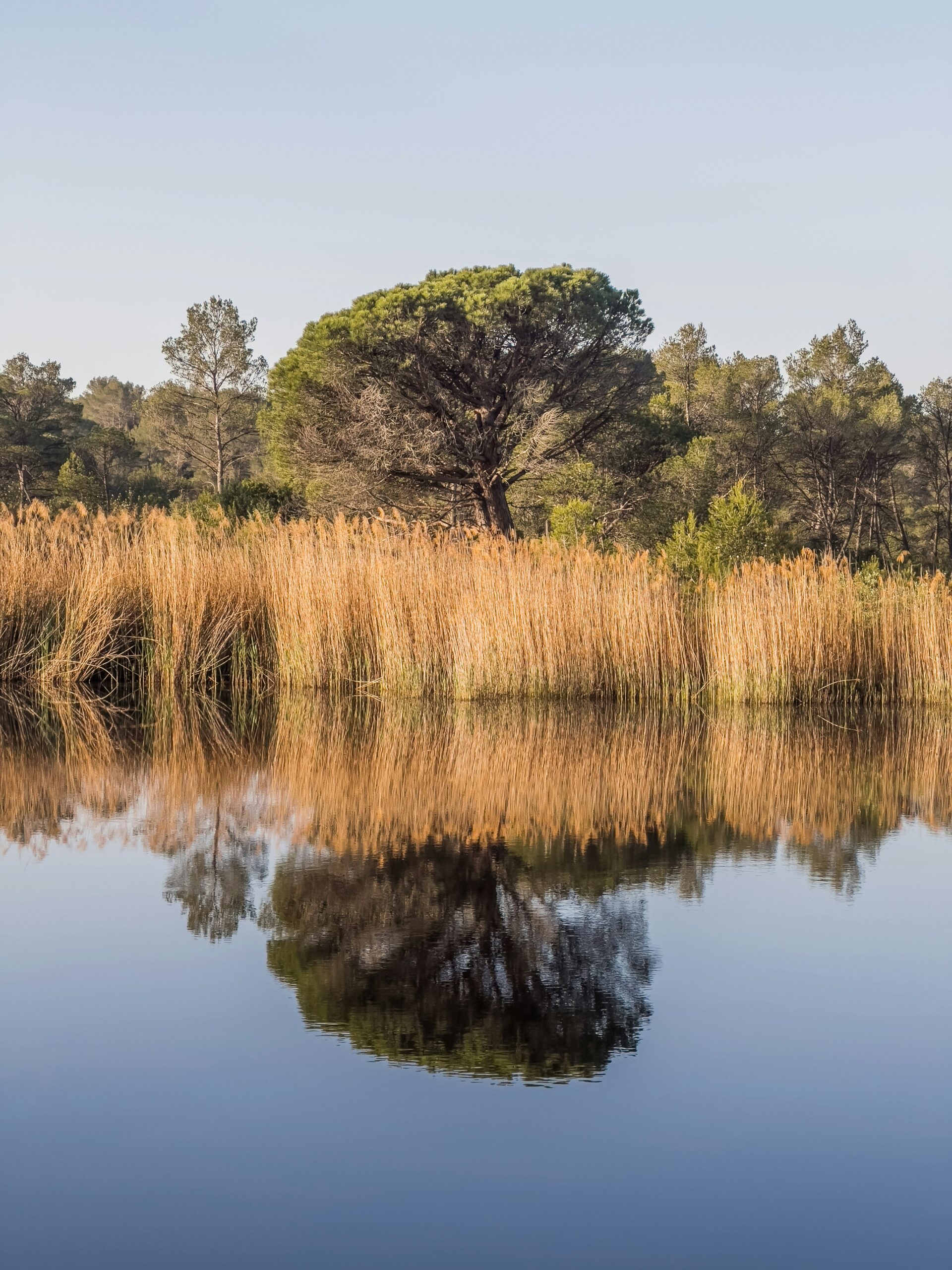Packing the right gear can make all the difference in a survival situation, especially when the elements and terrain call for camouflage. Your camouflage survival kit should include items like a compact multi-tool for various tasks, high-energy food bars to keep your strength up, and a first-aid kit customized with camouflage bandages for those unexpected injuries. Don’t forget essential navigation tools, such as a map and compass, along with a fire starter kit to help you stay warm and cook food. Each piece of this specialized kit is designed to help you blend seamlessly into your surroundings, giving you an added advantage in stealth and survival. Have you ever wondered what you absolutely need to have in a camouflage survival kit? Whether you’re an outdoor enthusiast, a seasoned hiker, or someone who wants to be prepared for emergencies, having the right items in your kit can make an enormous difference. In this article, we’ll dive deep into the essential items you’ll need to carry, and why each one is important. By the end, you’ll be well-equipped to assemble your personalized kit.
Shelter and Warmth
Your first priority in any survival situation is to protect yourself from the elements. Exposure to cold, heat, wind, or rain can be life-threatening if you’re not properly equipped.
Emergency Shelter
An emergency shelter is indispensable. Think of compact, lightweight options like a tarp or a bivy sack, both of which can protect against wind and rain. Many survival experts recommend having a space blanket or an emergency sleeping bag because they are designed to retain body heat.
Warm Clothing
Layering is crucial when it comes to survival. Your camouflage survival kit should include thermal undergarments, an insulated jacket, and a waterproof outer layer. Don’t forget extra socks and gloves, as keeping your extremities warm is vital.
Fire-Starting Tools
Nothing beats the comfort and utility of a well-lit fire. Pack waterproof matches, a lighter, and tinder. Having multiple fire-starting methods increases your chances of successfully building a fire, regardless of the conditions.
Food and Water
Next on the survival essentials list is food and water. You can survive without food for a few weeks, but dehydration can become a problem in as little as three days.
Water Purification
Access to clean water is crucial. Your kit should include a portable water filter, water purification tablets, and a metal container that you can use to boil water.
| Item | Purpose |
|---|---|
| Portable Water Filter | Removes bacteria and parasites from water sources. |
| Water Purification Tablets | Chemically treats water to make it safe to drink. |
| Metal Container | Used for boiling water or cooking meals. |
Packaged Food
Opt for high-calorie, non-perishable foods. Energy bars, dehydrated meals, and vacuum-sealed snacks are ideal because they are lightweight and have a long shelf life. Be sure to pack enough food to last at least 72 hours.

Navigation and Communication
Getting lost in the wilderness can be terrifying, but with the right tools, you’ll have a much better chance of finding your way.
Compass and Map
An essential combination for navigation. Apps and GPS devices rely on batteries, but a good old-fashioned compass and a detailed map of the area will never fail you.
GPS Device
If possible, include a portable GPS device in your kit. It’s an excellent backup and can offer precise locations. Make sure it’s fully charged and consider having a solar charger as well.
Signal Mirror and Whistle
In case you need to signal for help, a signal mirror and a whistle can attract attention from far distances. These items are small and easy to carry but can be life-saving.
First Aid
Accidents can happen, and when they do, you want to be prepared. A well-stocked first aid kit is vital for treating injuries and preventing infections.
Basic First Aid Kit
Your kit should include adhesive bandages, antiseptic wipes, gauze pads, antibiotic ointment, tweezers, and medical tape. Consider adding a first aid manual if you’re not already familiar with basic medical procedures.
Medications
Include necessary personal medications, pain relievers like ibuprofen or aspirin, and antihistamines for allergic reactions. If you’re prone to specific conditions, make sure you have the right medications on hand.

Tools and Gear
Having the right tools can make survival much easier. Here’s what you should consider including in your camouflage survival kit.
Multi-tool
A multi-tool can perform various functions. Look for one that includes pliers, screwdrivers, a knife, a can opener, and scissors. It’s compact yet multifunctional.
Knife
A sturdy, reliable knife is essential. It can be used for food preparation, cutting rope, or building shelter.
Paracord
This strong, versatile cord can be used for many purposes, such as setting up a shelter, creating a splint, or even as a fishing line.
Light and Visibility
Staying visible and having the ability to see in low-light conditions are crucial components of your survival strategy.
Flashlight and Headlamp
Having a reliable flashlight is vital for navigating in the dark. Headlamps are also great because they free up your hands. Ensure you have extra batteries or consider a solar-powered or hand-crank model.
Glow Sticks
Glow sticks can be used for signaling, as they provide long-lasting light. They are lightweight, waterproof, and easy to carry.

Camouflage Considerations
Since this is a camouflage survival kit, let’s not forget the essentials for blending into your surroundings.
Camouflage Clothing
Camouflage clothing is key for remaining unseen, whether you are avoiding potential threats or setting up an ambush. Choose patterns that match the environment where you’ll be using your kit.
Face Paint
Camouflage face paint can help break up the outline of your face and hands. It’s small and can easily be included in your kit.
Silent Movement Accessories
Rubber bands or padded covers can be used on equipment to minimize noise. This is particularly useful if stealth is a priority.
Additional Items
Lastly, a few other items can round out your survival kit, ensuring you are well-prepared for various scenarios.
Duct Tape
Duct tape is incredibly versatile. It can be used for repairs, creating a makeshift shelter, or even as a bandage in an emergency.
Sewing Kit
A small sewing kit can be useful for repairing clothing or gear. It doesn’t take up much space and could be very helpful.
Emergency Cash and Documentation
Include some emergency cash and copies of essential documents, such as identification and emergency contact information.
Personal Hygiene Items
Don’t forget a small pack of biodegradable soap, a toothbrush, and toothpaste. Being able to maintain some level of hygiene can boost morale and overall health.
Notepad and Pencil
A small notepad and pencil can be useful for leaving messages, taking notes, or keeping a journal of your experience.
Conclusion
Having a fully equipped camouflage survival kit is about more than just gathering supplies; it’s about being prepared for the unexpected. By focusing on shelter, food, water, navigation, first aid, tools, light, camouflage, and additional useful items, you ensure that you’re ready to face a wide variety of survival scenarios. So pack your kit thoughtfully, keep it handy, and you’ll be ready for whatever comes your way.

